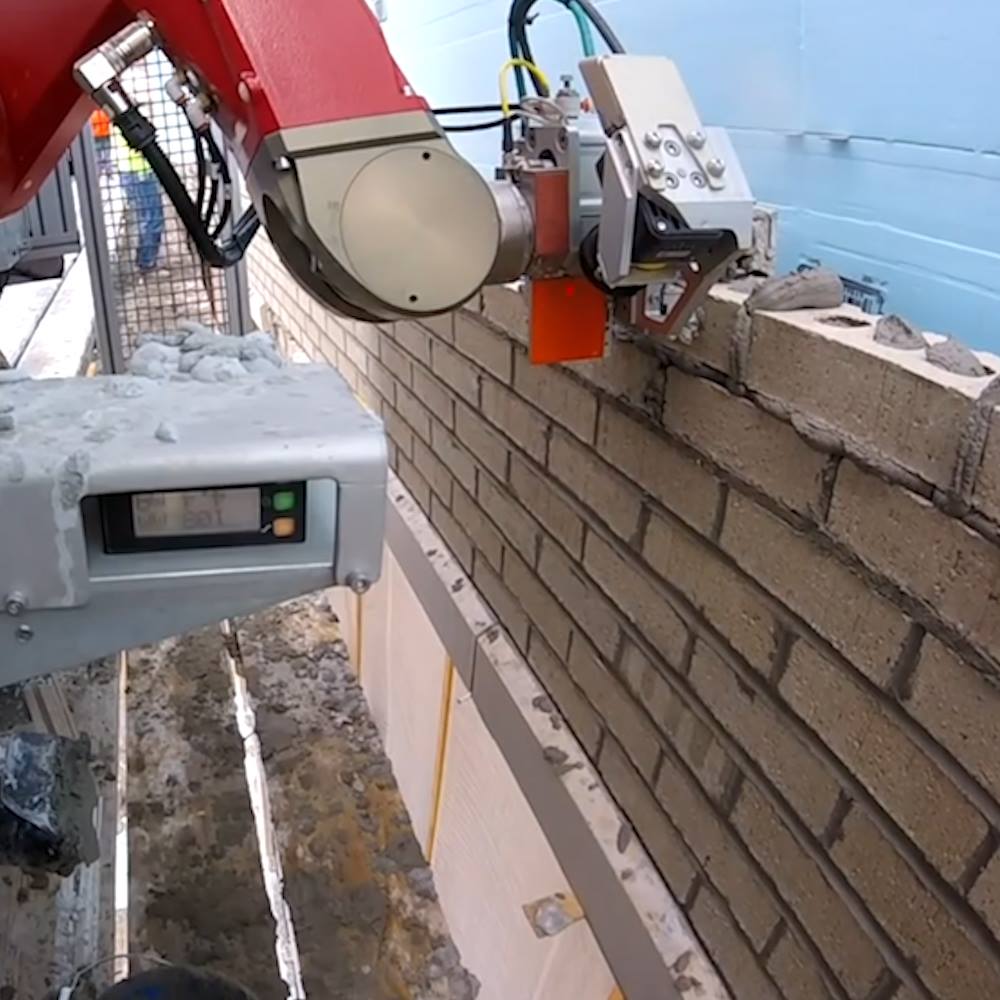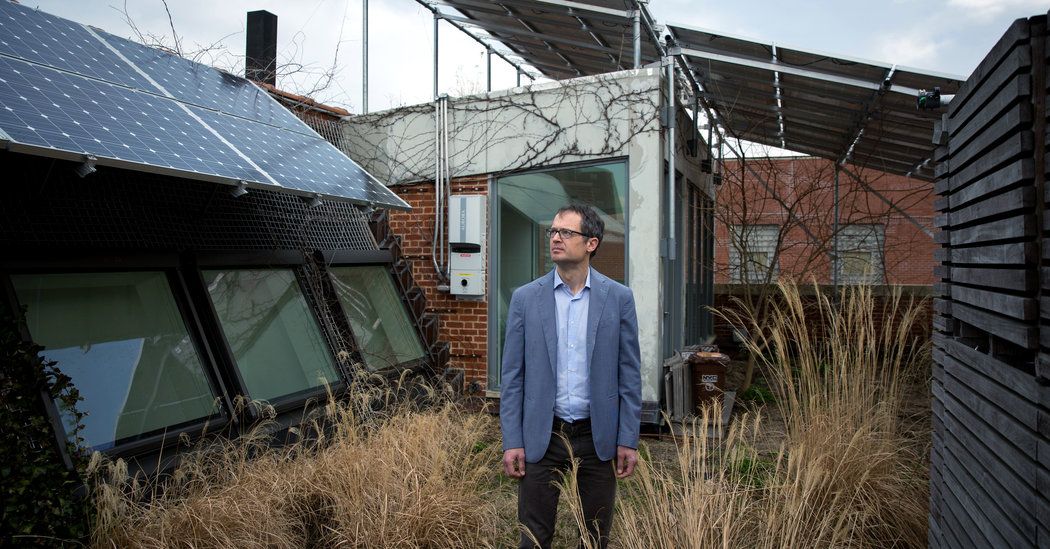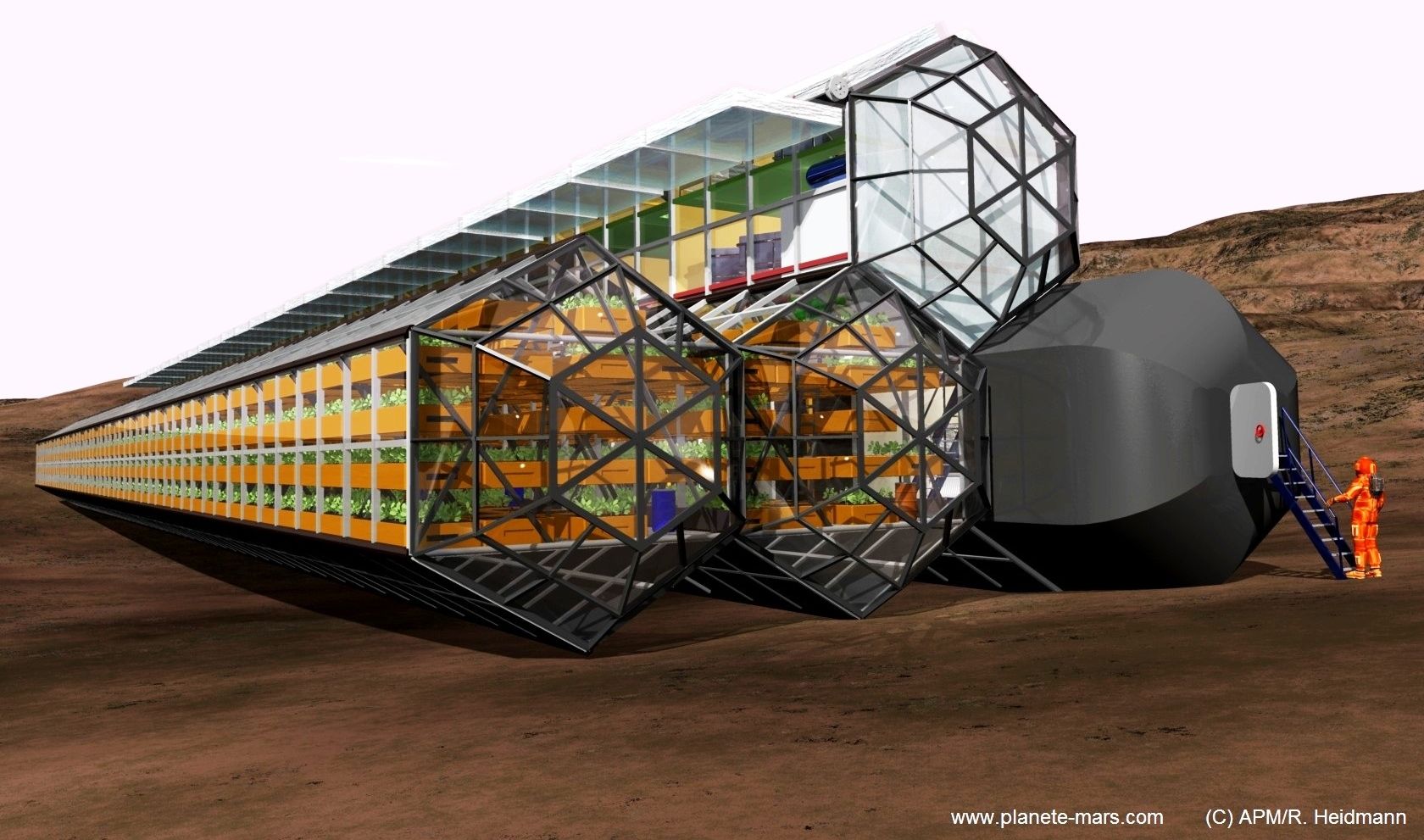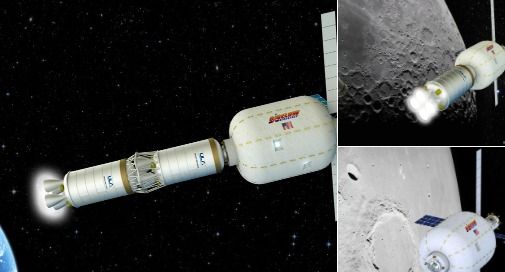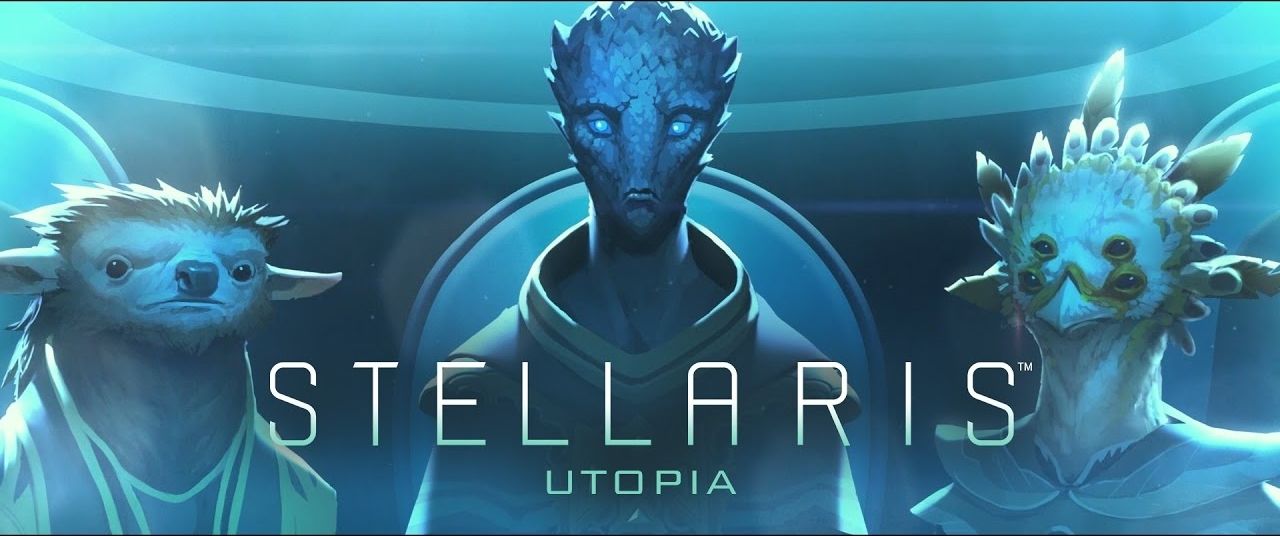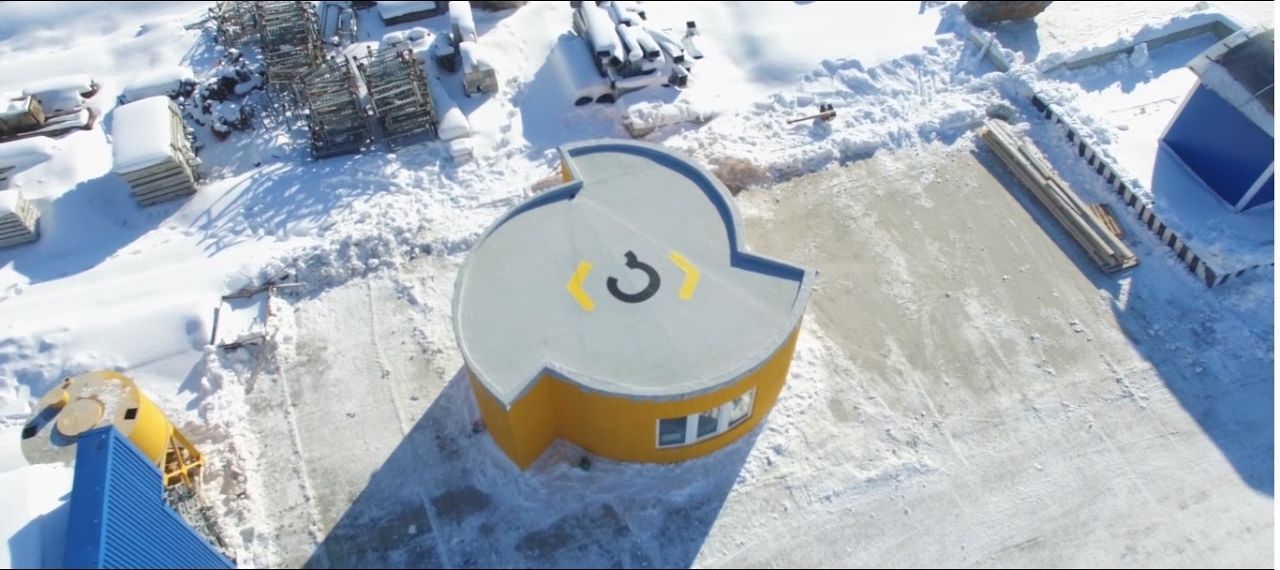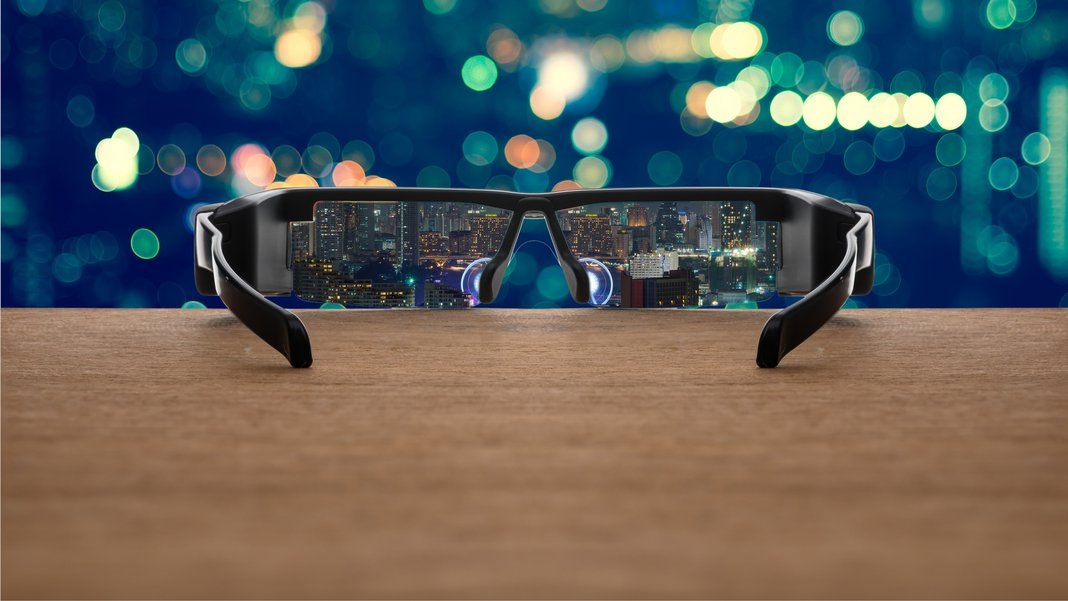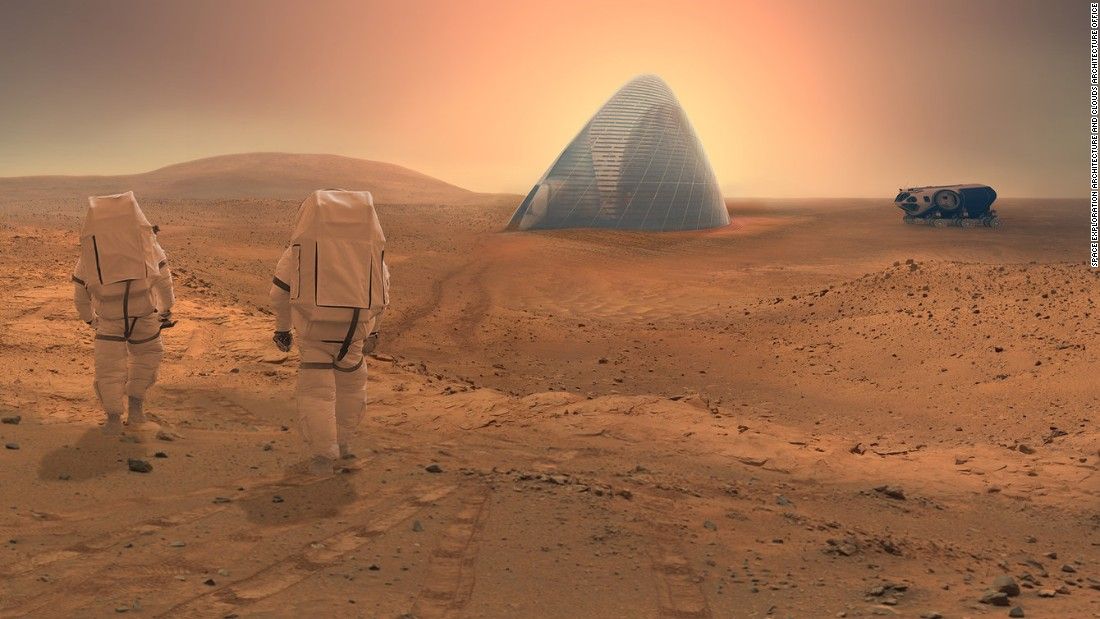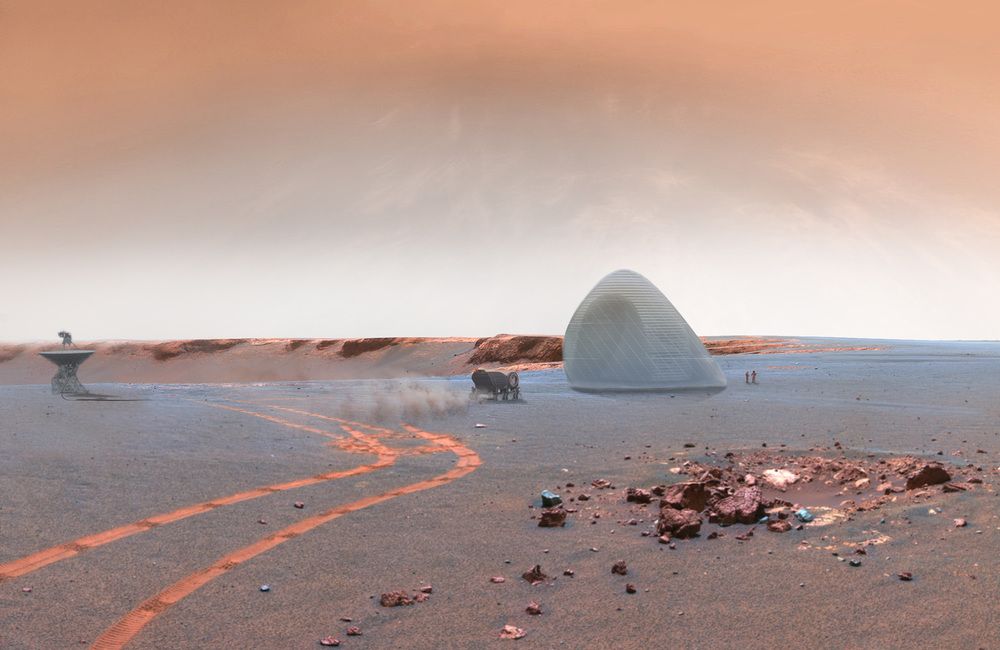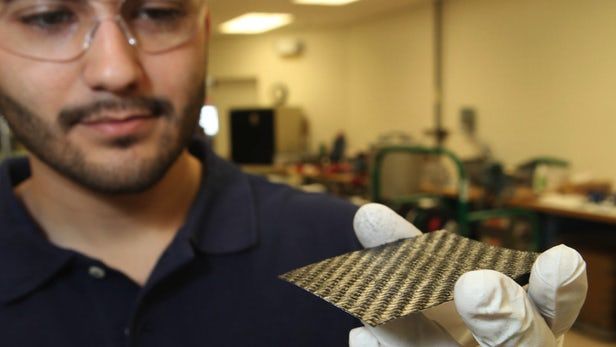Robotic bricklayer builds houses 3x faster than humans.
Category: habitats – Page 117
Article by Richard Heidmann, Association Planète Mars vice president – English translation by Etienne Martinache.
After having analyzed the targets assigned by SpaceX to its project of an Earth-Mars transportation system which is supposed to set up and serve a Martian settlement (see “l’étude MCT” on the site www.planete-mars.com), we decided to address the issue of an essential aspect of the feasibility of the project, the design of the living areas (pressurized enclosures).
This aspect was subject to many proposals, even though most of previous documented studies applied to upstream phases of human presence, those of exploration from a temporary base or from a permanent base with few residents and limited self-sufficiency. The consequences of the specific constraints related to a mass production of these enclosures, essentially from local resources, have seldom been considered.
Bigelow Aerospace founder Robert Bigelow‘s company makes in-space habitats. One (the BEAM adds 16 cubic meters of living area to the ISS) is now attached to the International Space Station and he and his company are developing permanent, stand-alone habitats to serve as private space stations in orbit around the Earth, ready to house private astronauts.
Bigelow has talked with United Launch Alliance Chief Executive Tory Bruno about using the company’s Atlas V 552 rocket, which has an extra-wide payload fairing, to deliver the B330 into orbit.
United Launch Alliance is developing an advanced upper-stage vehicle, ACES, to provide in-space propulsion.
Would you like to know more? http://pdxint.at/2mvFVSx
Stellaris: Utopia brings even greater depth and variety to a game already celebrated for its story-telling power and near endless possibilities. Are you ready for perfection?
One of the core improvements in Utopia is the introduction of Ascension Perks. As your species advances and gains new traditions, it can choose how it wants to evolve as it is further enlightened. You can choose between a biological path, a psionic path or a synthetic path, with various options within these broad categories. Body, Mind or Machine — how will your species challenge the future?
Utopia Also Includes:
We have seen 3D printed buildings before but most of them were prototypes, built off-site or not used afterwords, but nothing compares to this house built by Apis Cor.
Apis Cor used a unique house 3D printing machine they developed and made an on-site house in 24 hours for the cost of some 10000 USD. It has surface of 38 square meters (409 square foot) and has been built in Stupino town, Moscow region, Russia.
The finished house is fully livable with all the appliances. Very cool!
Never before have businesses been able to build billion-dollar valuations in so little time. Never before have incumbent enterprises been able to go out of business so quickly. Disruption is now commonplace, and augmented reality (AR) is emerging as yet another avenue to turn industries on their heads. But what direction will this new technology take?
AR overlays digital information on the physical world using a smartphone (think Pokémon Go) or a headset. In its simplest form, AR is simply a rectangular display floating in front of the eyes, à la Google Glass. More advanced forms will drop video game characters or useful information seamlessly onto physical objects, from homes to industrial warehouses.

While virtual reality is moving into a more commercial phase, AR is a little earlier in its development. But AR’s potential practical applications are significant. So, what’s in store for AR in the coming years?
Forget the moon. The next giant leap for mankind could be building a habitat on Mars.
The fourth planet from the sun may be cold — Martian winters can reach -190 degrees Fahrenheit (−87 degrees Celsius) — full of deserts and lacking in oxygen, but for Behrokh Khoshnevis it’s humans’ next destination.
The pioneering professor in engineering at the University of Southern California has been working with NASA on the possibility of building a colony on Mars since 2011.
NASA has enlisted a professor from the University of Central Florida (UCF) in order to find a way of 3D printing structures on Mars.
Pegasus Professor Sudipta Seal, interim chair of UCF’s Materials Science and Engineering program is looking at how metals can be extracted from Martian soil. Speaking about the project, Seal said,
It’s essentially using additive-manufacturing techniques to make constructible blocks. UCF is collaborating with NASA to understand the science behind it.
Real estate is a valuable commodity aboard a CubeSat, a compact satellite about the size of a shoebox, so the smaller each component can be made, the better. To that end, scientists at NASA’s Kennedy Space Center and the University of Miami are developing a thin, solid-state battery, which could not only save space for more important instruments aboard satellites, but also provide power on other planets, in cars or within the walls of a home.
At less than 3 mm (0.1 in) thick, the new batteries could be incorporated into the structure of pint-sized satellites, rather than taking up room in the area designated for research instruments. The batteries are made by sandwiching a solid-state battery layer between two layers of compressed carbon fiber.
“Creating a structural battery material could revolutionize the way NASA operates small payloads,” says senior principal investigator, Luke Roberson. “Rather than placing a battery in the experiment taking up 20 to 35 percent of the available volume, the battery now resides in the payload structure, thereby opening up additional free space for researchers to perform more science.”
